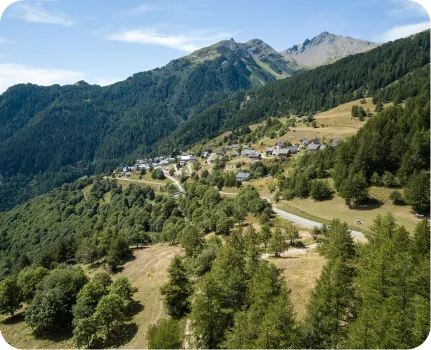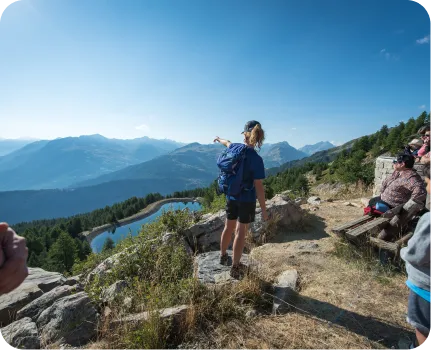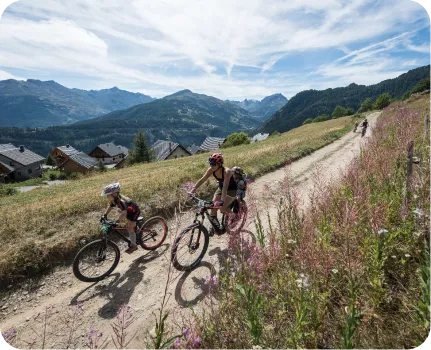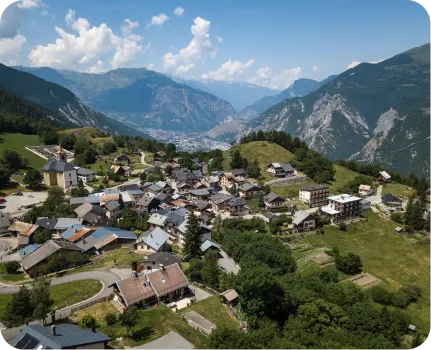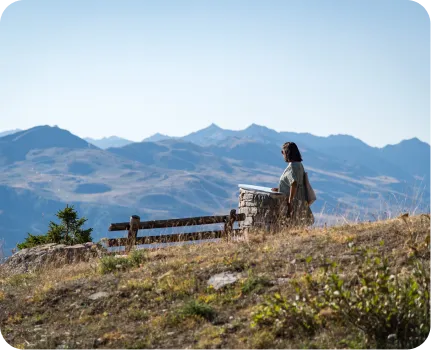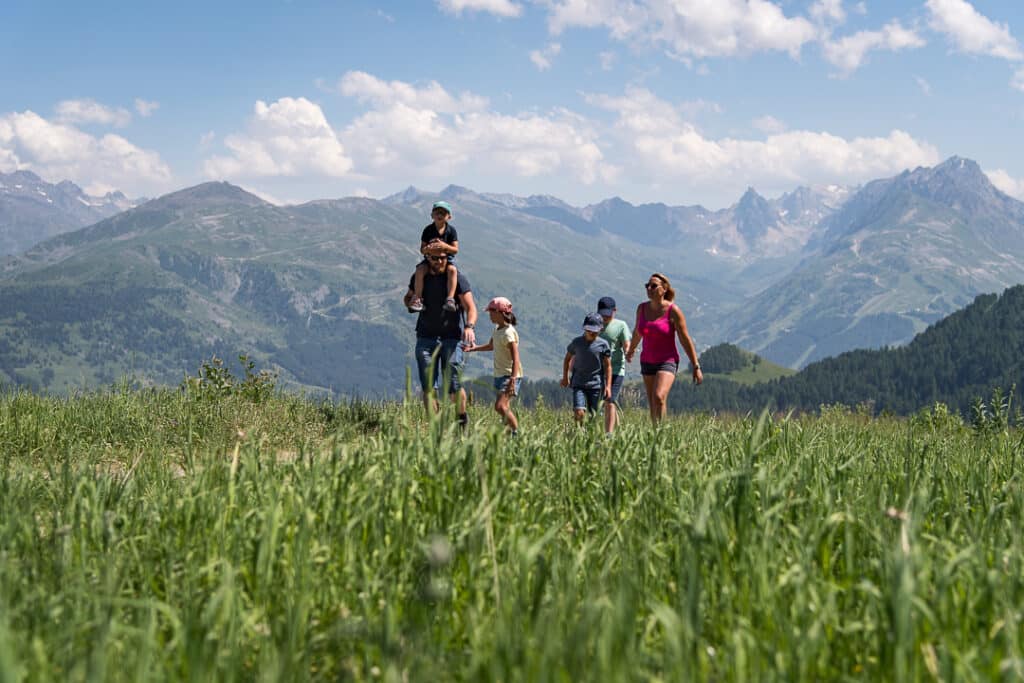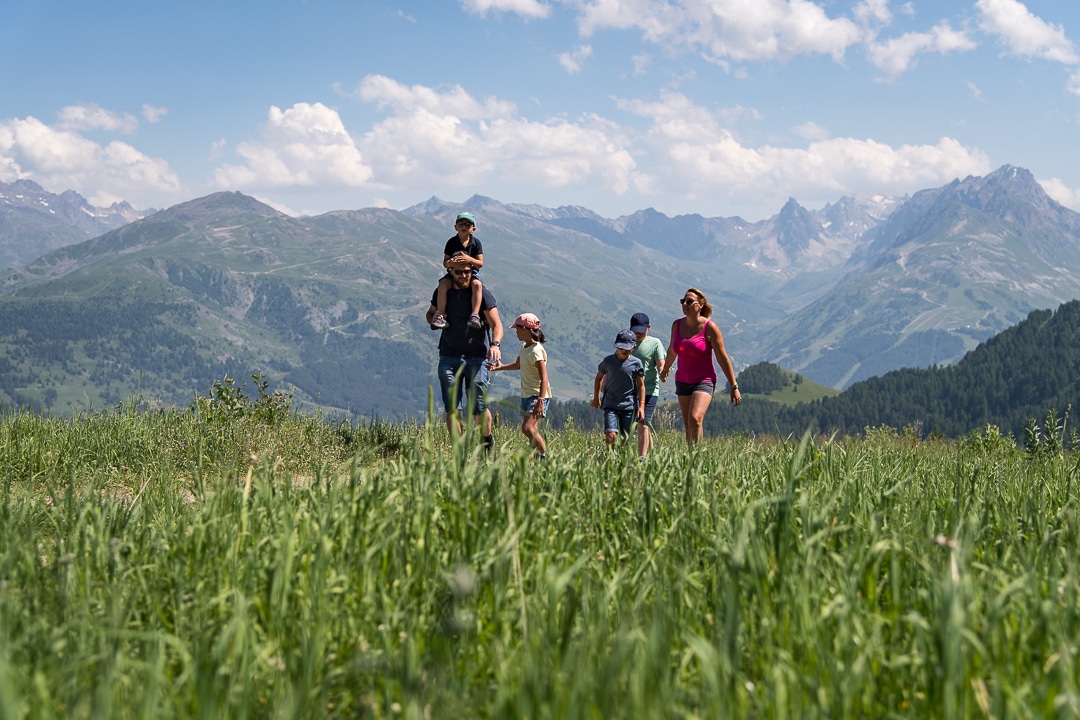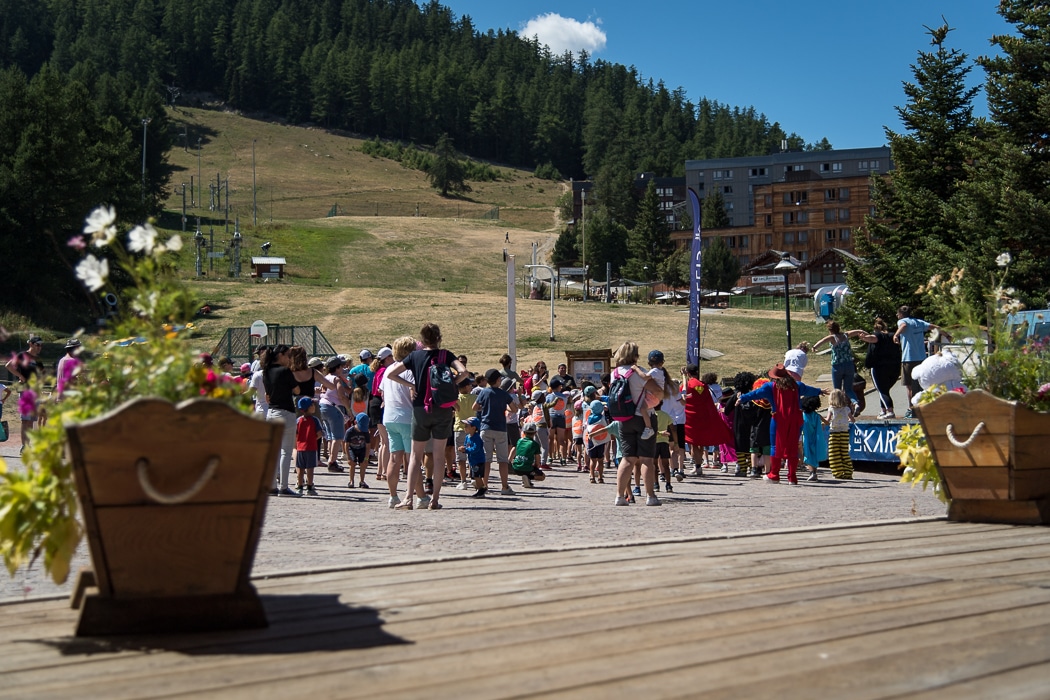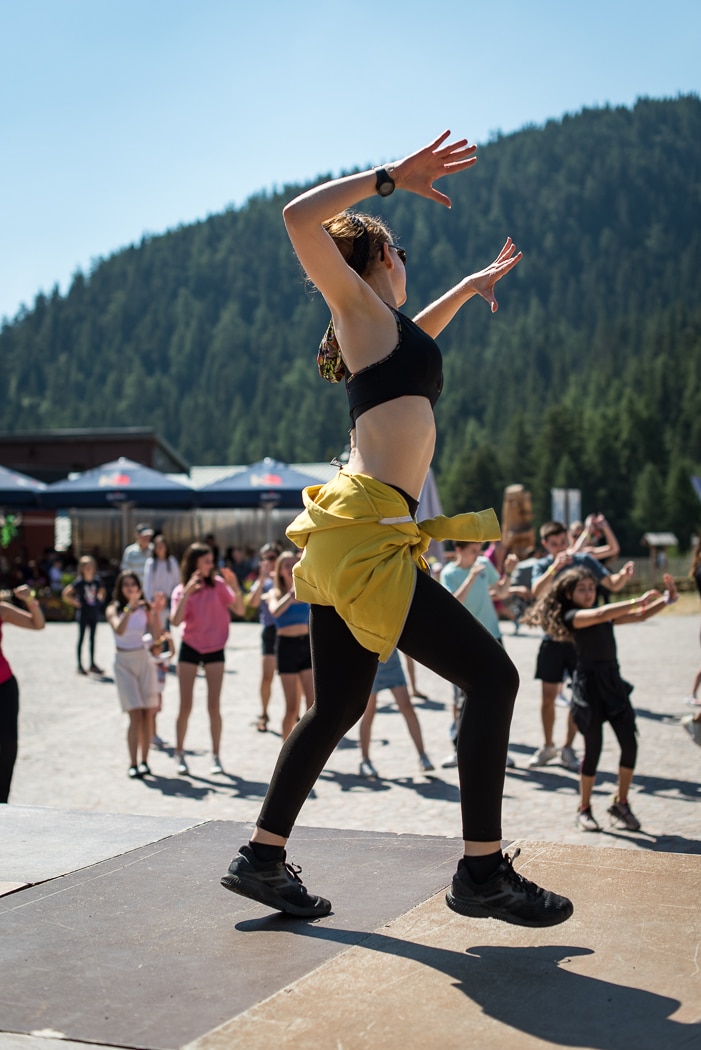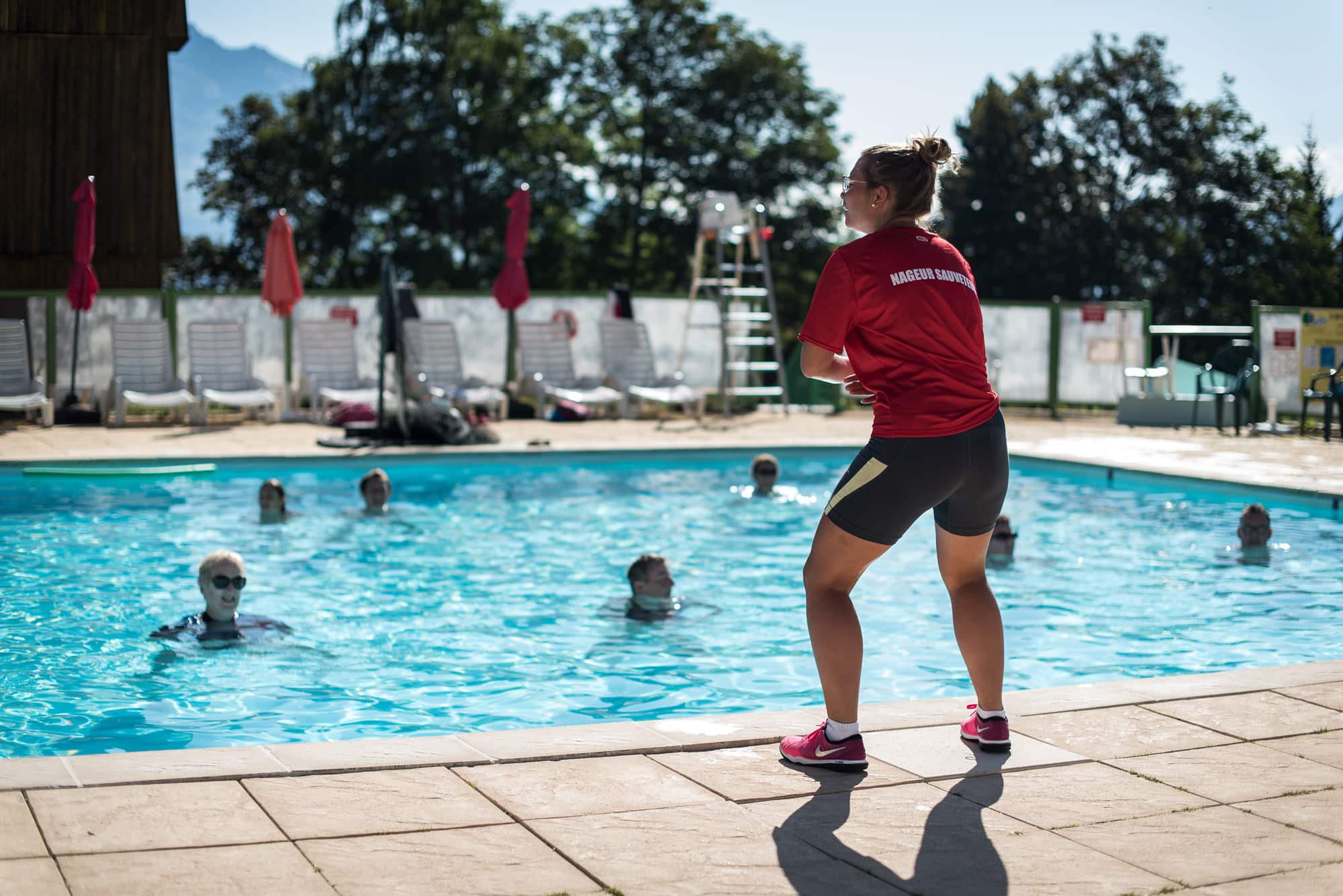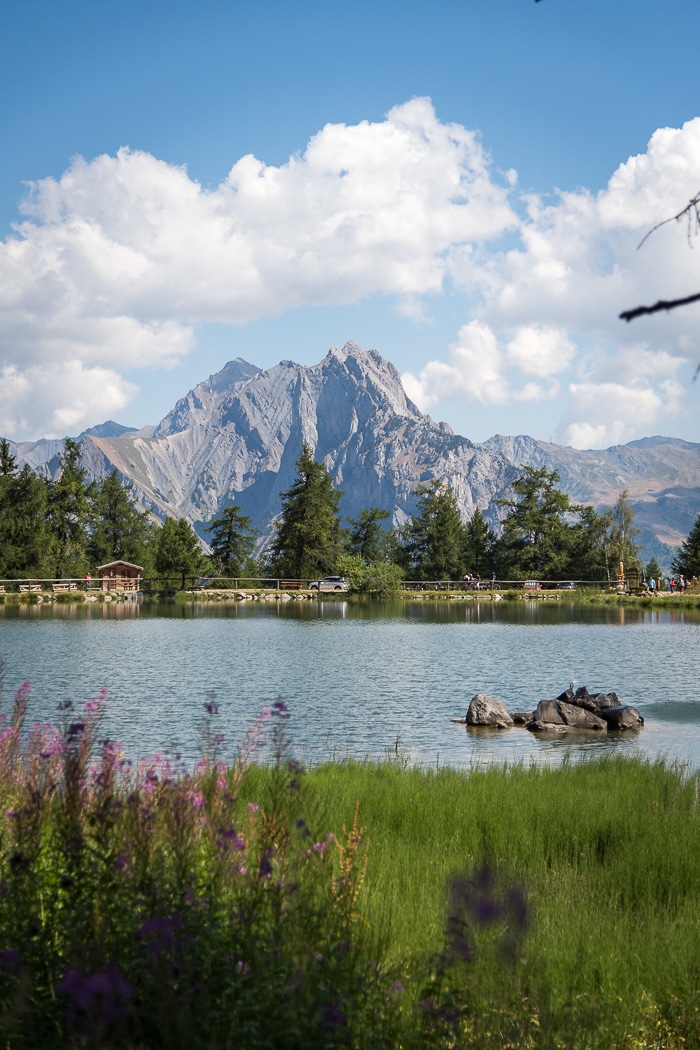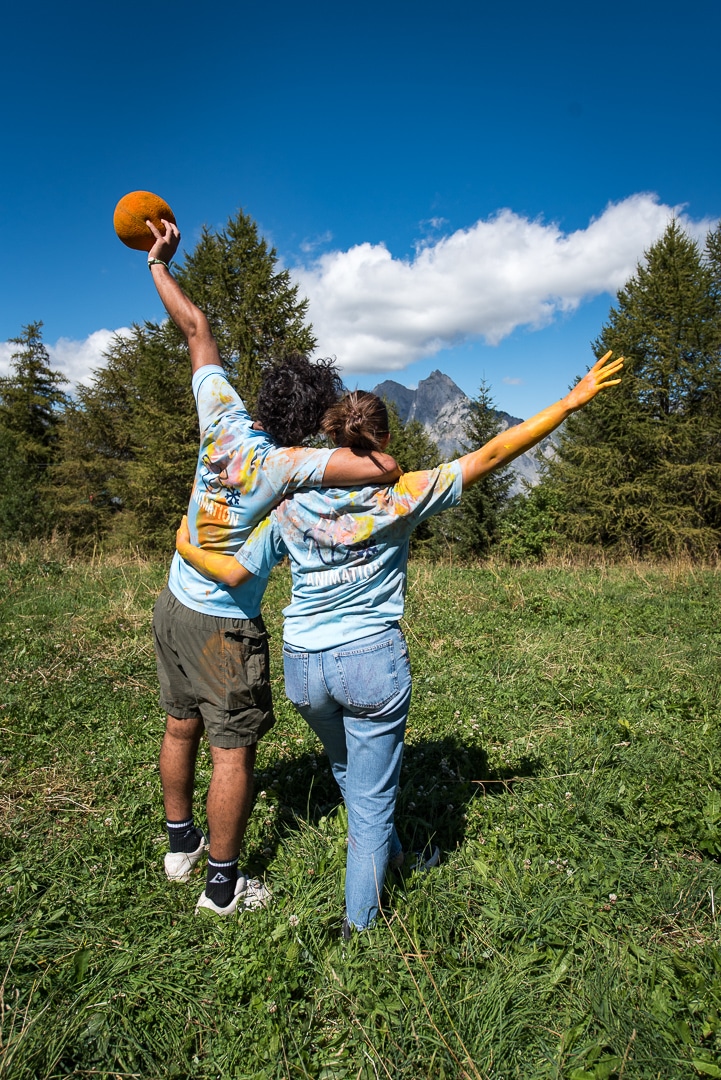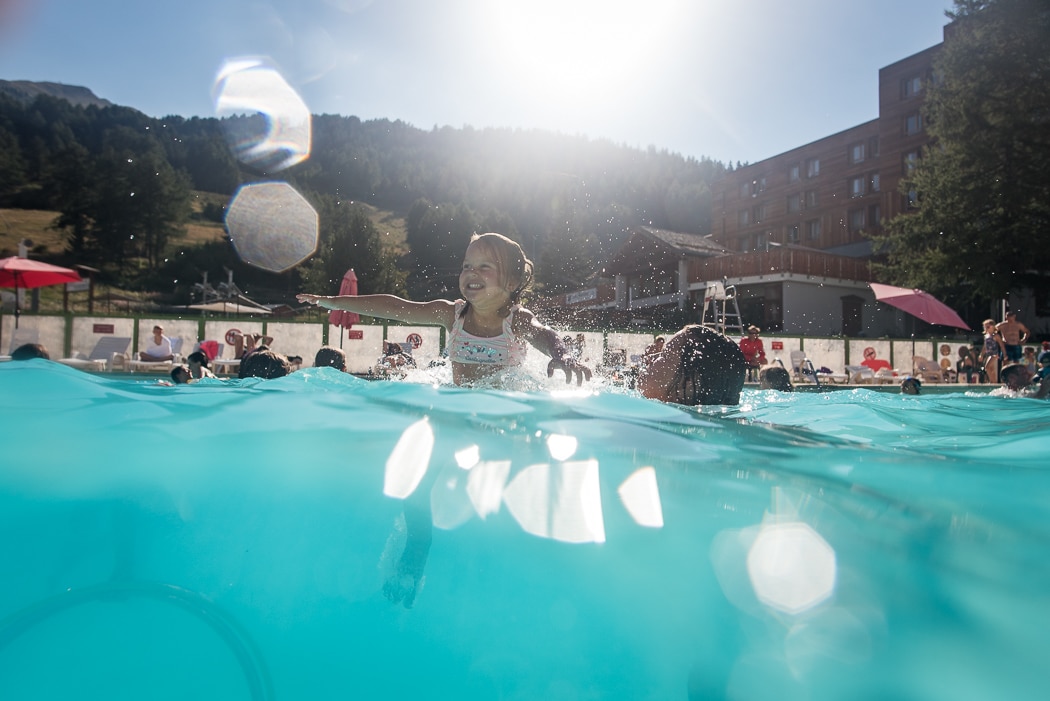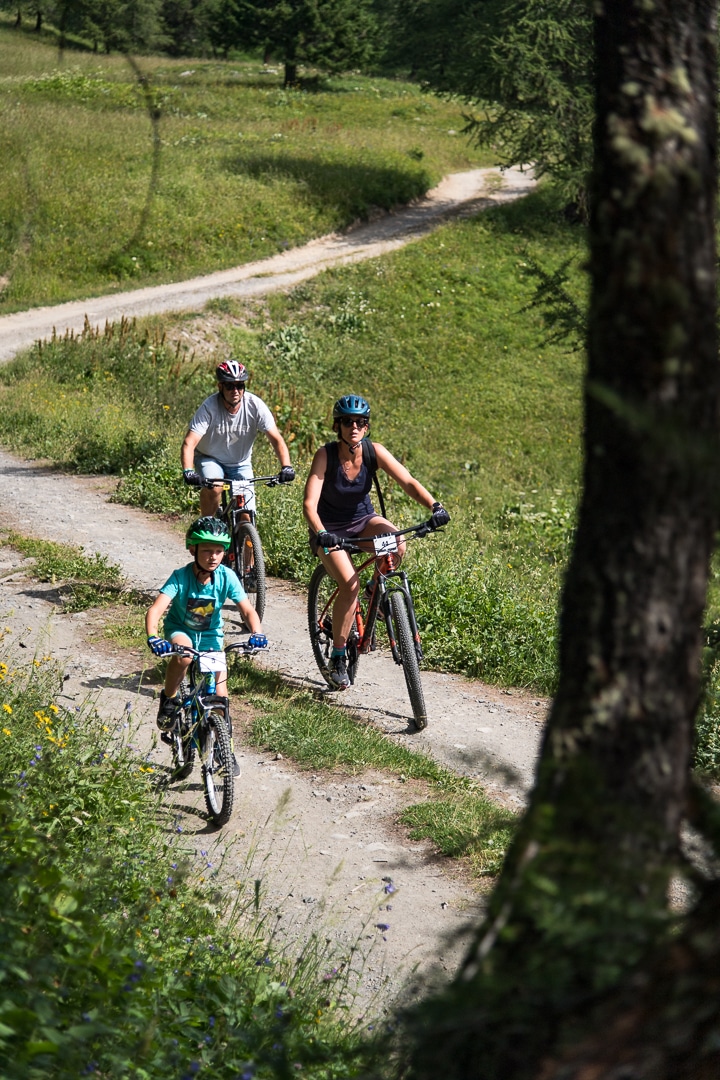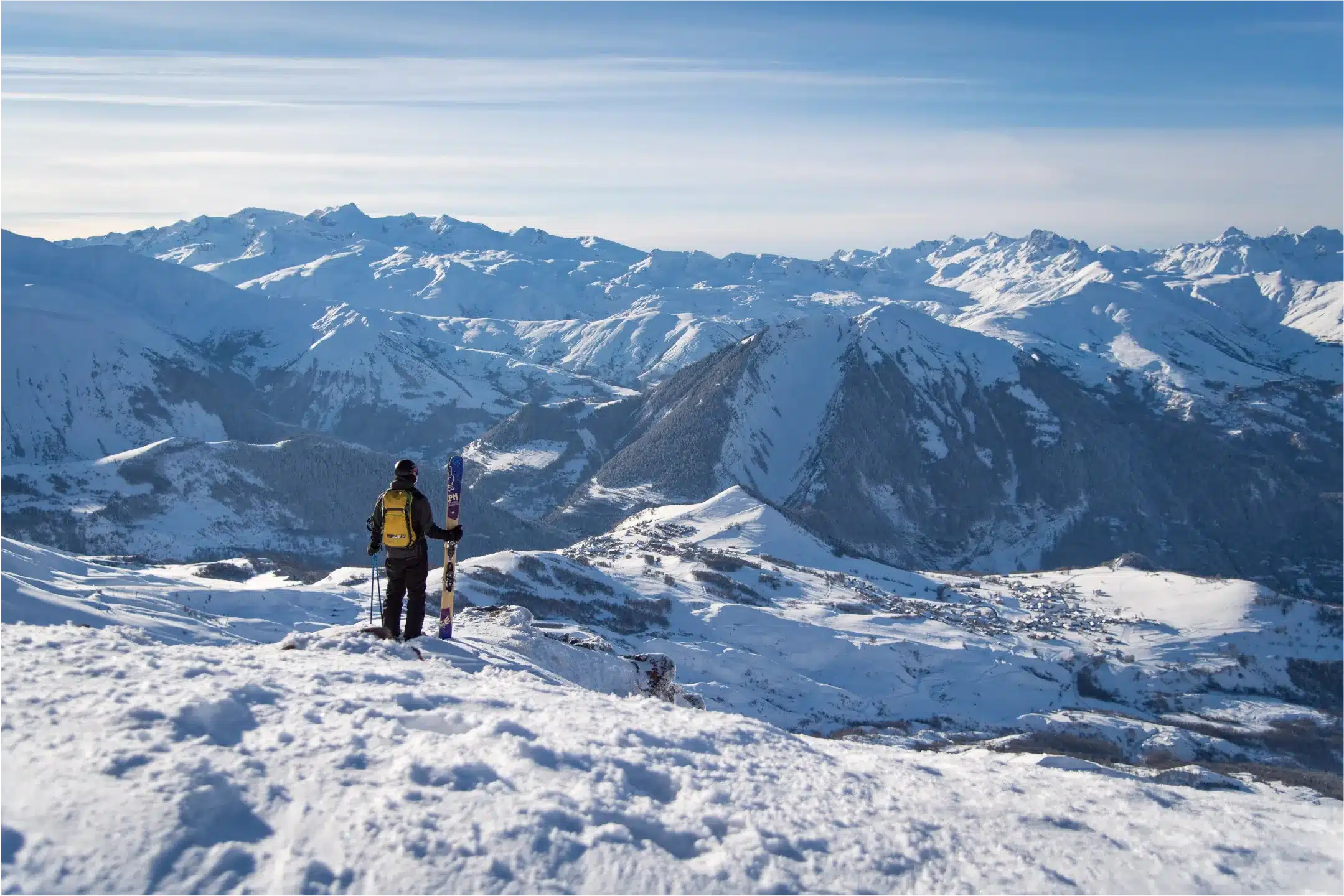Hiking in the mountains is one of the must-do activities. The fresh air, the views, the immensity: so many benefits that you want to share with your children. Often, parents don’t dare take the family into the mountains. Fear of getting lost? Worried about their children’s ability to keep up? Or unfamiliarity with the mountain environment?
In this article, Les Karellis Tourist Office offers you its best advice on how to go hiking with your children in complete peace of mind.
The benefits of family hiking
Hiking with children is much more than just an outdoor activity. It’s a precious opportunity to create unforgettable memories while promoting the physical and mental well-being of the whole family.
The mountains offer a stimulating playground where children can explore, learn and connect with the world around them. Hiking with the family strengthen family bonds by encouraging communication, the sharing of experiences and teamwork. Children can also develop their sense of direction and respect for the environment.
Hiking in the mountains also helps go against our daily sedentary lifestyle: no need to walk 15 km (10 mi), and climb 1,000 m (3,280 ft), or 3,300 m (10,800 ft), to enjoy a hike.
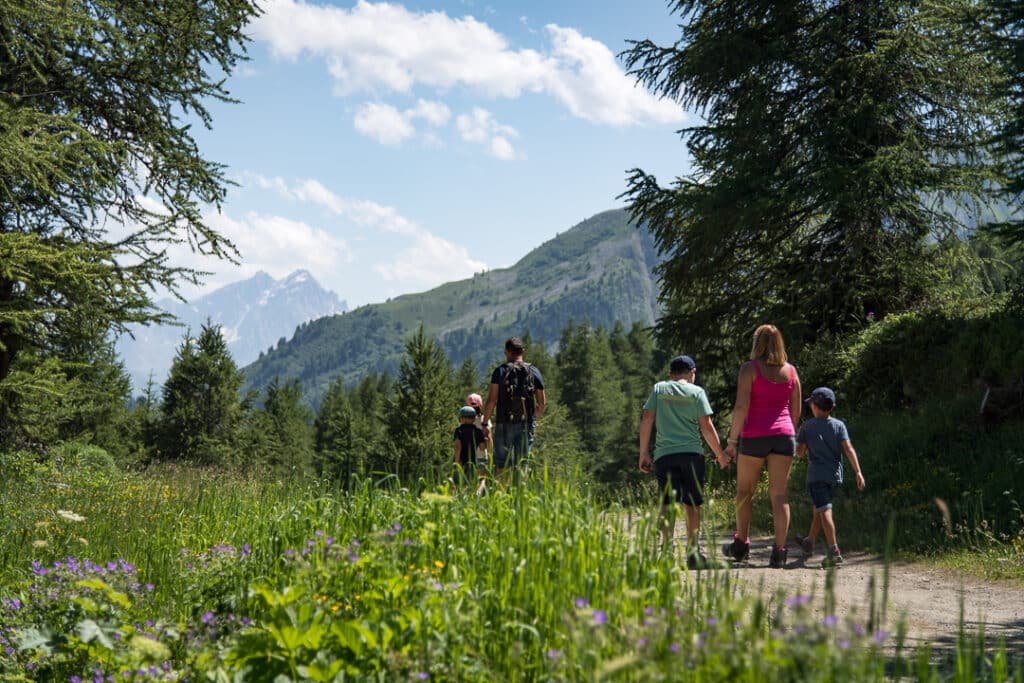
Our top tips for an easy hiking trip with your children
Tip no. 1 : Choose a trail suitable for the whole family
When planning your hike, we advise you to take into account the abilities of each individual and avoid overestimating them. If you want the hike with your children to go smoothly, encourage them to choose the route with you: they’ll feel involved in the hiking project and will be able to add their imput. This will make the choice of the paths much easier.
Tip no. 2 : Be properly equipped
Before you leave, make sure that the equipment of the whole family is in good condition:
– Hiking shoes: crampons, laces, correct size
– Fitted high socks
– Walking sticks: they can help your children walk further
Tip no. 3 : Study the weather before you go
Even if you’ve been planning your mountain hike for a long time, and it was an activity you didn’t want to miss: don’t hesitate to postpone if the weather is unfavourable. The weather in the mountains can change rapidly. Don’t risk being caught in a storm: it could put the whole family in danger.
If you’re in any doubt about the weather, we recommend you contact the Tourism Office; they’ll be happy to help you make your decision.
Tip no. 4 : Prepare a backpack with everything you need
A must-have for all family outings (but not limited to): the backpack. The best friend of walkers and mountain hikers.
Inside, bring : Sunglasses for everyone (UV3 recommended), sun cream (factor 50+ recommended), cap, hat or bob, water (to keep the whole family hydrated during the walk. Not too cold and around 75cl per person for a half-day walk. Avoid water from streams), snacks, a topographical guide or, at the very least, a map of the walk in question, first-aid clothing (for the youngest, bring a complete change of clothes or a nappy. For older children, remember to bring mackintoshes and fleeces), a plastic bag to act as a rubbish bin, a charged mobile phone with an autonomous back-up battery and, finally, a first-aid kit.
Tip no. 5 : Always put safety first
Before setting off on a hike with your children, tell someone about your itinerary. In case of an emergency, this could greatly assist mountain rescue operations.
When out and about, we advise you to stay on the marked paths. This rule will help you get home on time for the fondue.
Tip no. 6 : Find a theme to entertain your children
Before setting off, involve your children in planning the hike by explaining the route and giving them responsibilities, such as choosing activities to do along the way or looking for animals and plants. Finally, don’t forget to encourage and congratulate your children throughout the hike to motivate them and boost their self-confidence. A photo rally? A fingerprint search? Find an anthill? A butterfly species? A mountain pass?
Tip no. 7 : Teach your children to respect the environment
Mountain hikes can be the start of an educational approach to respect for the environment.
– Take your rubbish home, rather than throwing it away in the mountain.
– Observe and admire plants, rather than pick them. We know how great the temptation is… but preserving the mountain also involves this simple rule.
– Observe wildlife tracks, too, to sharpen their sense of species preservation.
Mistakes to avoid for a worry-free family outing
Despite all the preparation, certain mistakes can jeopardise the pleasure of a family outing.
First of all, avoid overestimating your children’s abilities by choosing trails that are too long or too difficult, which could discourage them. Likewise, don’t neglect the importance of mountain safety: always stay on marked trails, keep a close eye on your children and teach them the basic rules of mountain safety. Finally, don’t underestimate the impact of the weather: check the weather forecast before you set off, and be prepared to postpone your hike in the event of adverse weather conditions.
By avoiding these common mistakes, you’ll be able to make the most of happy, adventurous moments with your family on your next hike.

